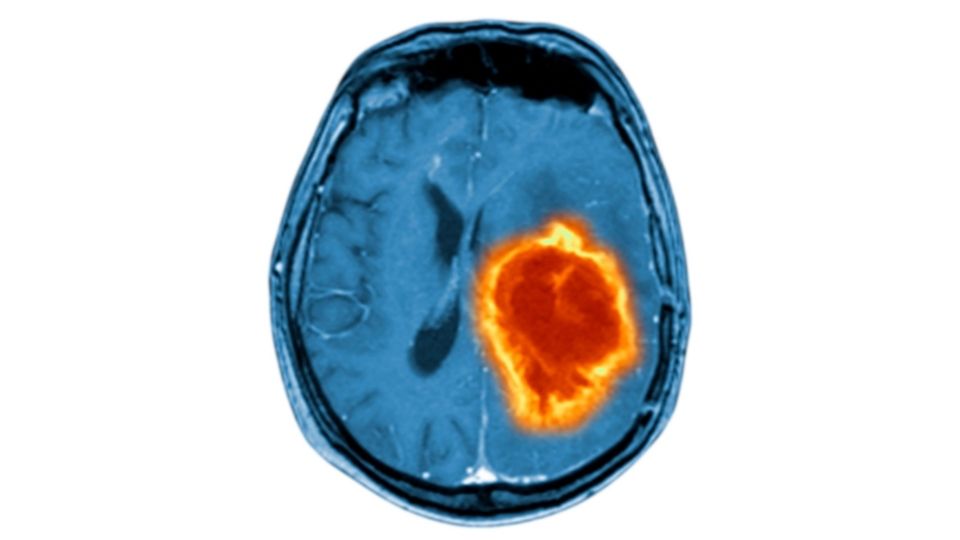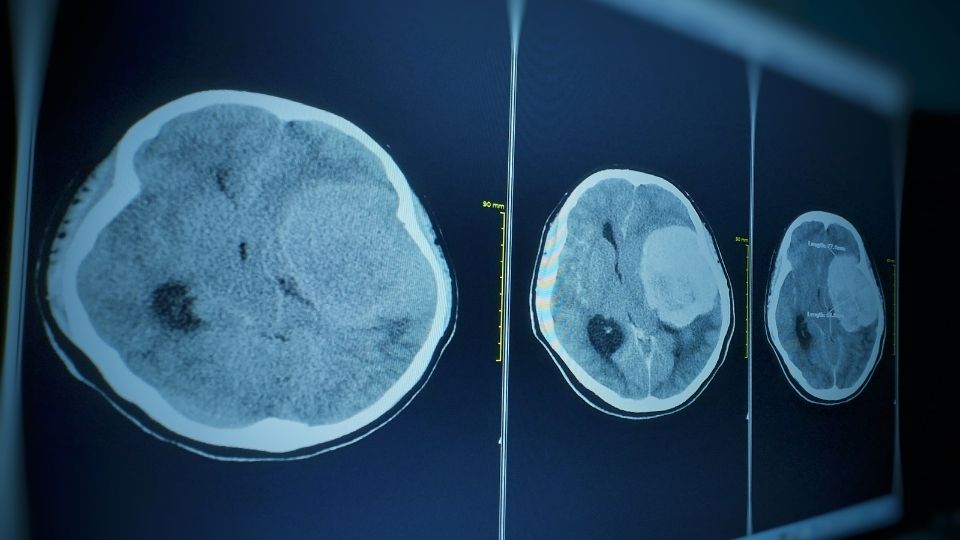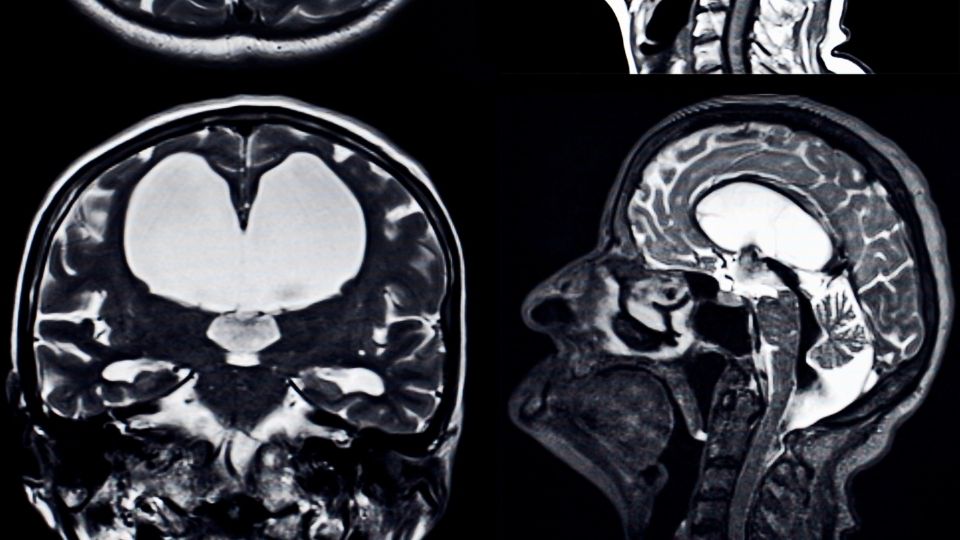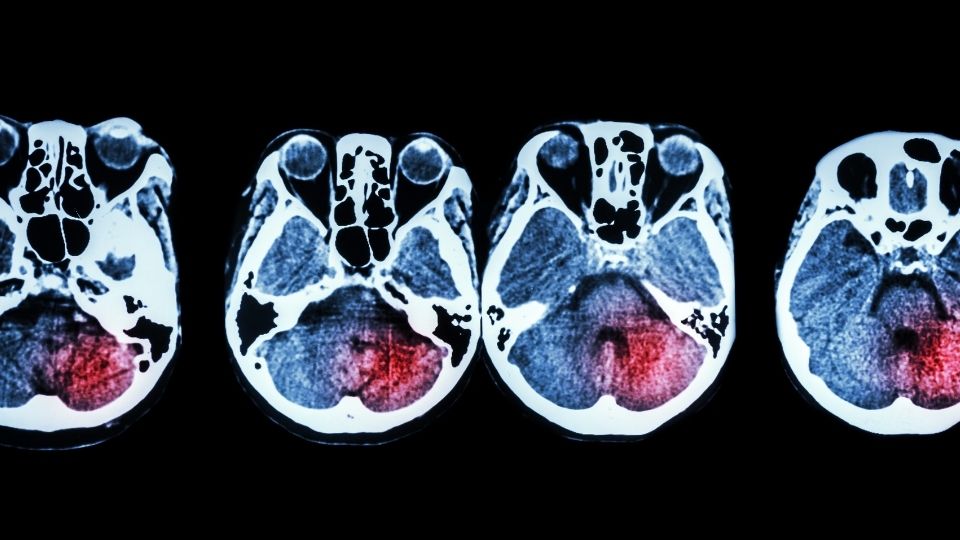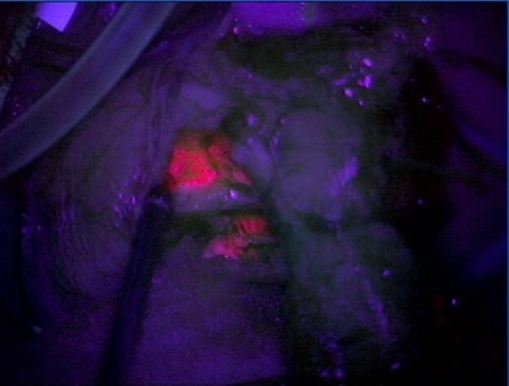An aneurysm is an abnormal focal dilation of an artery in the brain that results from a weakening of the inner muscular layer (the intima) of a blood vessel wall.
- They can vary in size. They tend to cause no symptoms until they rupture. When they do, blood spreads over the brain surface creating a subarachnoid hemorrhage, which causes severe headache and sometimes immediate severe brain injury, coma or death.
- Larger aneurysms are more likely to rupture
- It is always better to treat aneurysms before they have a chance to rupture
- Treatment involves minimally invasive endovascular approaches, which utilize a set of flexible wires and tubes deployed at the aneurysm and eliminating blood flow into the aneurysm by using stents and coils.
- Aneurysms that cannot be treated in a minimally invasive fashion require surgery to dissect and expose the aneurysm and eliminate blood flow into it using a surgical clip.



